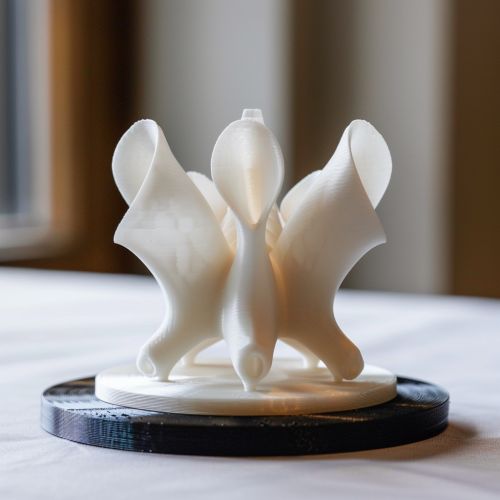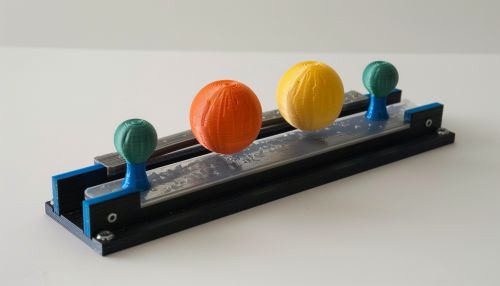Baddeley and Hitch model
Introduction
The Baddeley and Hitch model of working memory is a theoretical framework that explains how we manipulate and retain information in the short-term. Proposed by psychologists Alan Baddeley and Graham Hitch in 1974, this model has been influential in shaping our understanding of cognitive processes and has been extensively researched and refined over the years.


The Model
The Baddeley and Hitch model proposes that working memory is not a single store, but rather a system composed of multiple components. These components include the central executive, the phonological loop, the visuospatial sketchpad, and the episodic buffer.
Central Executive
The central executive is the most complex component of the model and is responsible for controlling attention, integrating information, and coordinating the activities of the other components. It is not a storage system, but rather a control system that manages cognitive processes.
Phonological Loop
The phonological loop is a component of the model that deals with auditory and verbal information. It consists of two parts: the phonological store, which holds information in a speech-based form for 1-2 seconds, and the articulatory control process, which refreshes this information through subvocal rehearsal.
Visuospatial Sketchpad
The visuospatial sketchpad is another component of the model that processes visual and spatial information. It is responsible for the temporary storage and manipulation of visual and spatial information, such as remembering shapes and colors, or the location of objects in space.
Episodic Buffer
The episodic buffer is the most recent addition to the model, added by Baddeley in 2000. It is a temporary storage system that integrates information from the phonological loop, the visuospatial sketchpad, and long-term memory, creating a single, multi-dimensional representation.
Empirical Evidence
Numerous studies have provided empirical evidence supporting the Baddeley and Hitch model. For example, research has shown that people can perform two tasks simultaneously if they use different components of working memory, which supports the model's assertion that working memory is composed of multiple, independent components.
Criticisms and Modifications
Despite its influence, the Baddeley and Hitch model has been subject to several criticisms. Some researchers argue that the model is too vague in its description of the central executive, and that it does not adequately explain how information is transferred between components. In response to these criticisms, Baddeley and Hitch have made several modifications to their model over the years.
Conclusion
The Baddeley and Hitch model has significantly contributed to our understanding of working memory. Despite its limitations, the model continues to be a valuable tool for researchers exploring cognitive processes.
